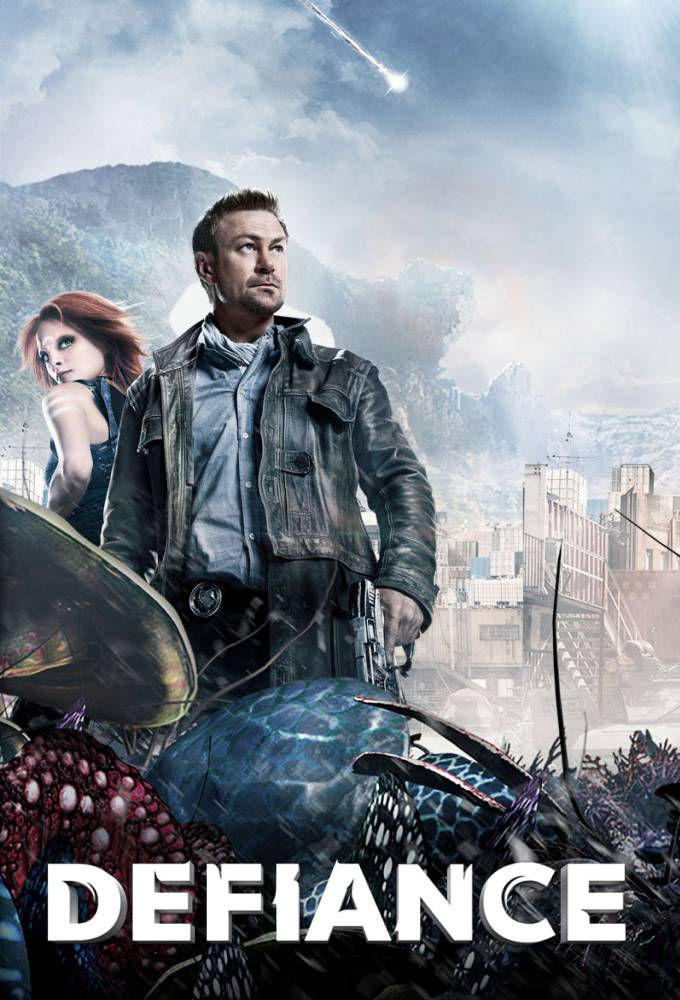Welcome to the Weird West
- Brantwijn
- May 14, 2018
- 3 min read

There’s always something so ruggedly satisfying about stories of the Wild West. Tombstone, Riders of the Purple Sage, Lonesome Dove, True Grit, just about anything by Louis L’amour (hot damn, that man wrote a lot). The Western genre has enjoyed something of a resurgence in the last decade or so, with the popularity of books like Stephen King’s Dark Tower series, televisions shows like Deadwood and Firefly, and movies like Appaloosa, 3:10 to Yuma, and Cowboys & Aliens.
There’s also a sub-genre of Western fiction, a little lesser known, but not as unknown as you might think. Chances are you’ve run across this sub-genre without realizing it. It’s called Weird West, and if you can believe it, it’s made cowboy fiction even more colorful than before.
Weird West fiction combines traditional “spaghetti westerns” (those rugged, macho, Clint Eastwood style westerns) with elements of other genres like steampunk, splatterpunk, sci-fi, horror, and fantasy. I’ve even named a few of these cross-genre titles already. The Dark Tower, Firefly, and Cowboys & Aliens are all—you guessed it—children of the Weird, Weird West.
So are Bravestarr (a sci-fi western cartoon from my childhood), Jonah Hex (A DC Comics property), certain episodes of Supernatural, the ScyFy original series Defiance, and even Clint Eastwood’s High Plains Drifter.

But probably my favorite Weird West tales are the ones combining the rough, frontier flavor of traditional westerns with the dark mystery of paranormal horror. These stories bring in elements of ghost stories and cryptozoology; Native American mythologies and monsters like skin-walkers and wendigoes; sometimes even European legends like vampires, werewolves and witchcraft. They take us to the mesas of New Mexico and Arizona and warn us to keep an eye out for rattlesnakes, coyotes, and Lovecraftian terrors. They send us after outlaw gangs and ghost riders in the sky. The best Weird Westerns seamlessly weave these bizarre beings and strange happenings into the “everyday”, for their plot and cast.
A “true” Weird West tale does more than simply transplant a supernatural plot into a western setting. In the Weird West, “weird” is the reality. The eerie elements of life are, yes, eerie…but they’re bigger than one moment in time. It’s not the story that’s weird…it’s the world around the story. And for the people in the story, that’s life. That is their frontier.
In The Dark Tower series, the context of Roland the gunslinger’s world is never clearly explained, but is strongly hinted to be a post-apocalyptic reality slowly coming to the end of its existence. Items which may be familiar to our contemporary society—Chevron gas tankers, World War II Fighter Planes, GPS trackers, and various other machinery—are ancient, forgotten relics to Roland’s people, but horse-carts, cattle herding, six-shooters, and lively saloons are common. Distance, geography, and even the concept of time are wearing out and becoming unreliable, and more and more of the planet is returning to a wild, unpredictable and sparsely populated frontier. To outsiders, this is a drastic contrast to ‘our’ world, but it is so normal to Roland and his own people, they even have an idiom for it. “The world has moved on,” they say, and to them the phrase encompasses everything strange and unfamiliar. To them, this is life, and always has been.

In certain works such as Cowboys & Aliens, Ginger Snaps Back, From Dusk Until Dawn, and even The Lone Ranger—all of which are classified as Weird West by Wikipedia—the supernatural spin is an oddity to the characters, an “unknown” to all but maybe one wise character attuned to the greater picture of things. This, by strict definition, is a dilution of true Weird West. These stories may be set against a western backdrop, but the “weird” element is simply a nugget of paranormal/fantasy genre dropped in. Stories like this could take place in many other settings and not be significantly altered in character. Sure, they’re weird…but they’re not uniquely tales of the West.
Perhaps the truest, eeriest, and most delicious examples of this sub-genre come from a sense of the weird being inextricably linked with the “heart” of the West: those wide, uncharted wildernesses; the daunting and yet thrilling sense of the unknown; the gritty rough-hewn heroes carved from survival and sacrifice; and a dusty but determined sense of chivalry. But I don’t mind tipping my hat to some of the less-intricate Weird Westerns, either. Every Weird West tale begins somewhere and every Weird West fan has to start somewhere. The popularity of Cowboys & Aliens among audiences demonstrates the capability of these adventures to draw new interest in the genre.
But always remember the real flavor of Weird West fiction goes deeper, and spreads farther, like a current of strange and powerful magic running under the land itself.





Comments